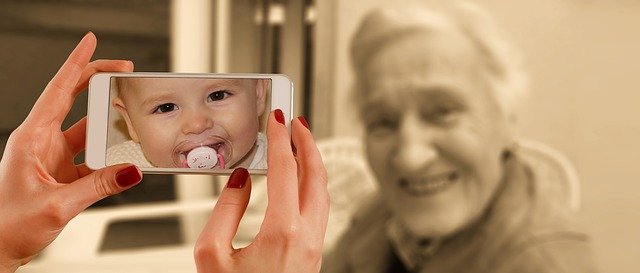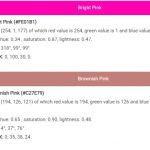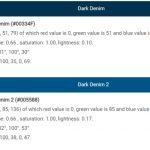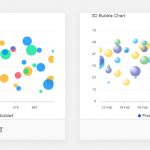Image acquisition is the process of converting an analogue image into digital form. This usually happens in a camera or scanner, but it can be done with any device that produces analog images. Image acquisition is often used to create a digital representation of data from surveys and experiments, but it can be also used for other purposes such as printing pictures or other types of graphics.

Image acquisition is always the first step in a workflow sequence because images are needed for processing. Image processing starts by acquiring an unprocessed picture, a step that’s always necessary before other work can be done on it. The best part about this process? It doesn’t matter what device was used – all you need is your camera! The hardware used to generate an image can be important as it has no adjustments made yet, so if that’s not what you’re looking for then don’t bother with this type of input. The image acquisition is where you establish the parameters of your input.
One of the goals in image processing is to create a source of input that works within certain defined, and measurable parameters that makes it easier to replicate an experiment.
Many factors go into acquiring good images; one such factor being how well-setup the hardware used for capturing them has been from inception onward. If not properly configured or aligned at all initial stages—from desktop scanners right on through enormous optical telescopes–then visual artifacts might result and complicate image processing later on because equipment quality may be low enough where even extensive postprocessing won’t salvage bad captures as time goes along. Certain areas of image processing, such as comparative image processing look for specific differences between image sets.
In image processing, one type of image acquisition is real-time. Real time imaging often involves retrieving images from a source that can automatically capture them for you, and it creates files which are processed when they come into your system. Background imagery works with real time by both software and hardware to quickly preserve any incoming images flooding through your systems before they’re lost or corrupted.
There are some advanced methods of image acquisition that require specialized hardware. Three-dimensional (3D) imaging is one such method, which can use two or more cameras positioned at precise distances around a target to create an accurate 3D model of the object in question from multiple angles and elevations. Some satellites utilize this type of technology for mapping terrain by building up an accurate 3D model with data gathered on different surfaces throughout space





